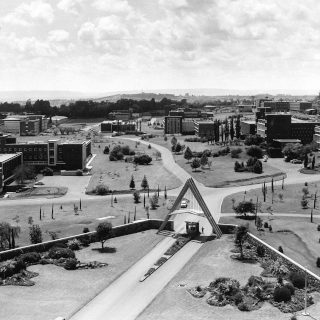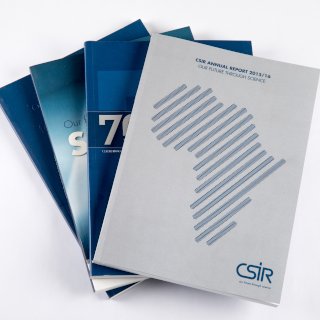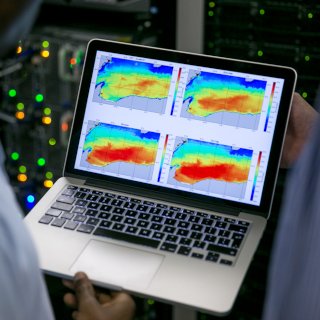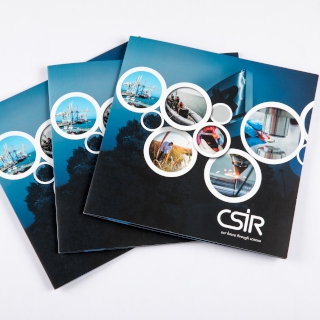Communities in ResearchSpace
Welcome to ResearchSpace, the institutional repository of the CSIR. ResearchSpace is an open access electronic archive collecting, preserving and distributing scholarly digital materials created by the CSIR.
Most Viewed Items
Views
27089
20492
19021
18152
17941
17227
16511
14578
12012
11535
Most Downloaded Items
Downloads
68204
61343
58979
52862
46738
41380
36876
36169
33188
29996



